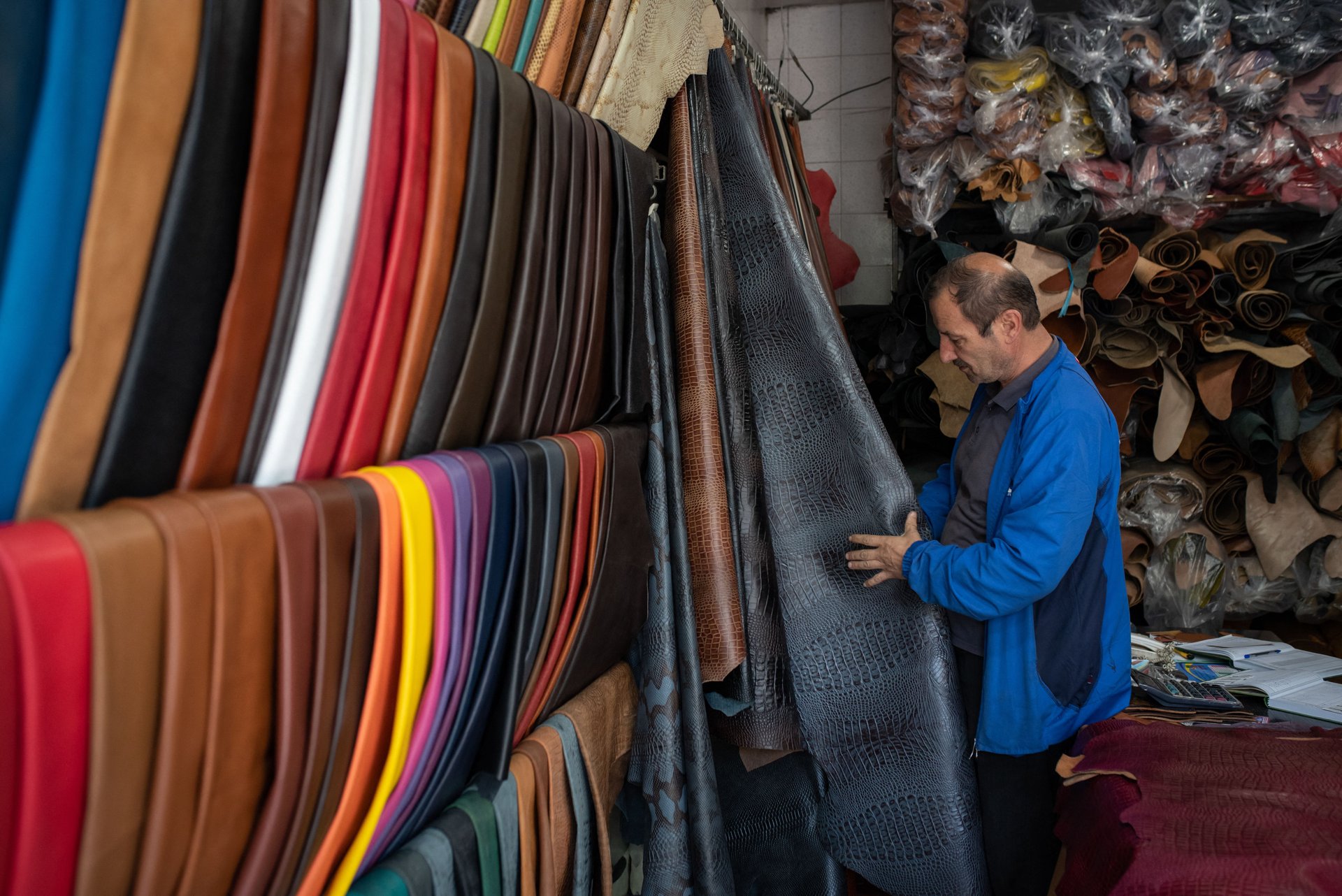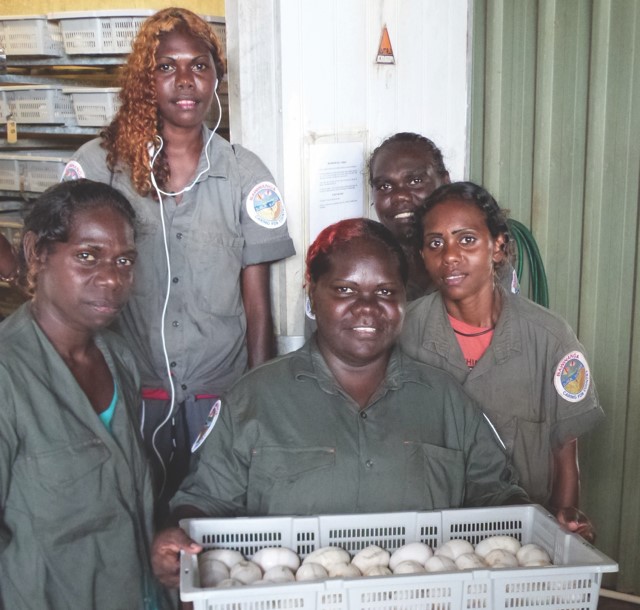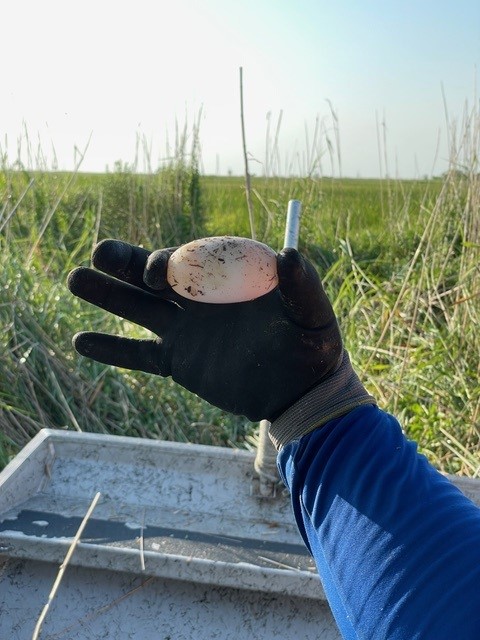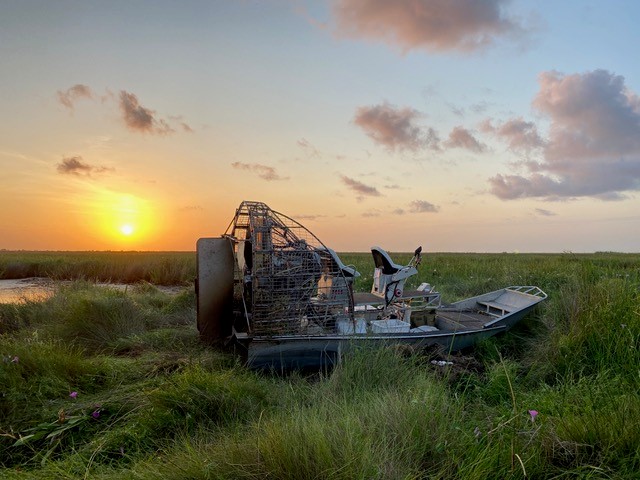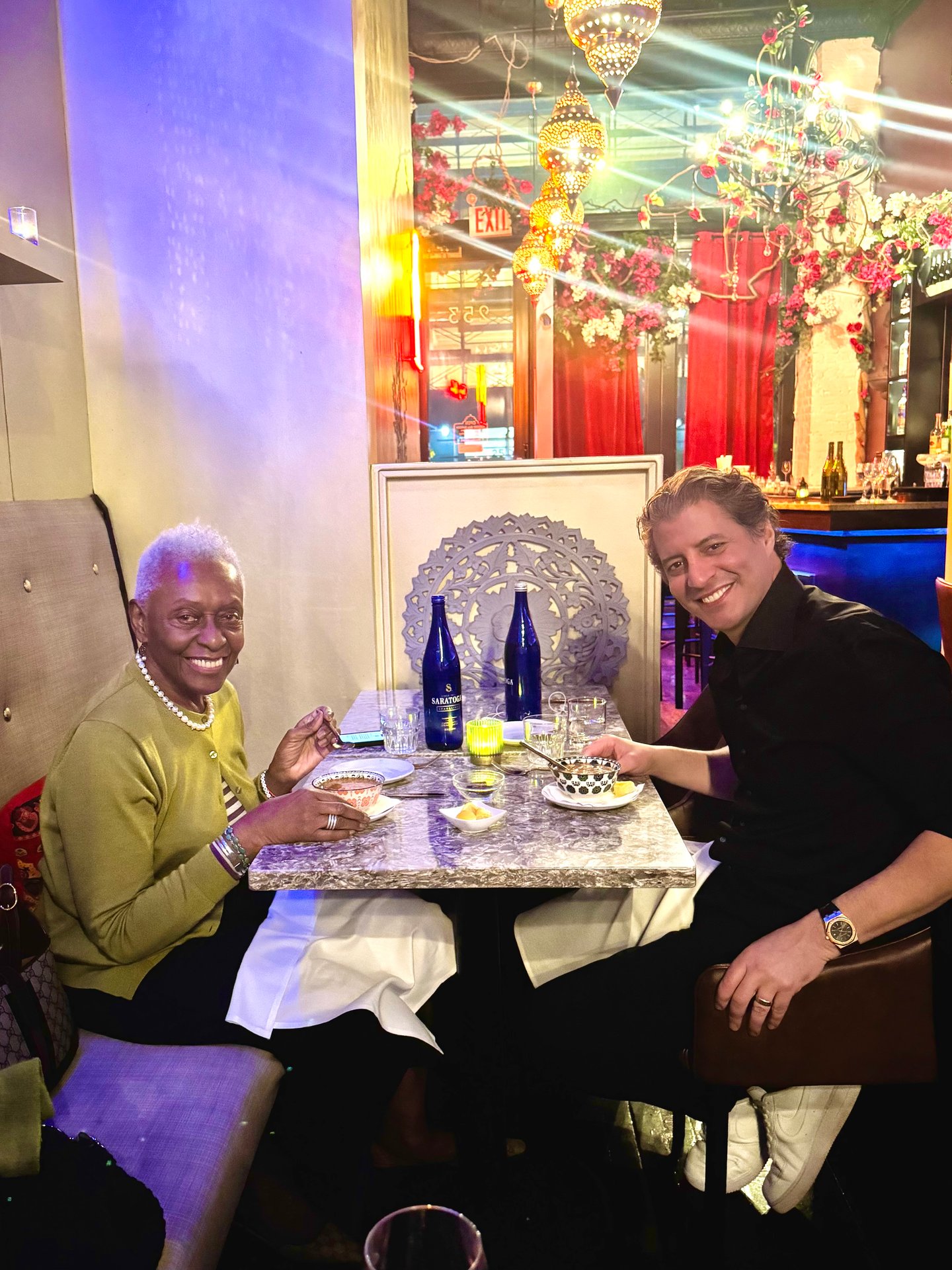Supporting Communities and Livelihoods
Exotic leather trade does not just support conservation efforts, it provides economic stability for some of the world’s most vulnerable people. For rural communities across the globe, from alligator farmers in Louisiana to snake harvesters in Southeast Asia, the exotic leather trade is not a luxury, it’s a lifeline. In regions like Indonesia, sustainable snake harvesting provides the only source of income for families living in extreme poverty. Beyond income, pythons also provide an essential source of protein for these local people, ensuring food security in areas where access to other protein sources is limited. These communities depend on the sale of the snakes they harvest for survival; to feed, educate, and shelter their families.
Dr. Daniel Natusch, a leading python conservation expert, explains: “Banning exotic leathers removes incentives for conservation. Without legal trade, people resort to illegal hunting, habitat destruction, or poisoning animals seen as threats. This ultimately puts species and ecosystems in greater danger, as it dismantles sustainable systems that have protected wildlife and supported livelihoods for decades.”
Ethical Sourcing and Luxury’s Role
Luxury designers already source exotic leather responsibly, meeting some of the strictest animal welfare and environmental standards in the world. Responsible luxury brands today do their homework. They know their supply chains inside and out. In many cases, luxury brands visit their suppliers several times a year and develop meaningful relationships with the people, families, and workers who supply their raw materials. This level of diligence ensures the transparency, ethical practices, and sustainability that consumers demand.
The Future of Sustainability in Fashion
True sustainability is built on science, ethical sourcing, and partnerships between industry, conservationists, and local communities. Exotic leather is not the villain; it’s the lifeline. It protects endangered species, preserves fragile habitats, and sustains countless families. The industry should continue embracing responsible exotic leather sourcing, ensuring that conservation efforts, livelihoods, and biodiversity remain protected for generations to come.
Karen Giberson is the President & CEO of the Accessories Council, a not-for-profit trade organization established in 1994 that represents the fashion accessories, jewelry, footwear, and handbag industry.
Christy Plott Gilmore is a Partner at American Tanning & Leather LLC.
The views expressed in this feature article are those of the authors.
